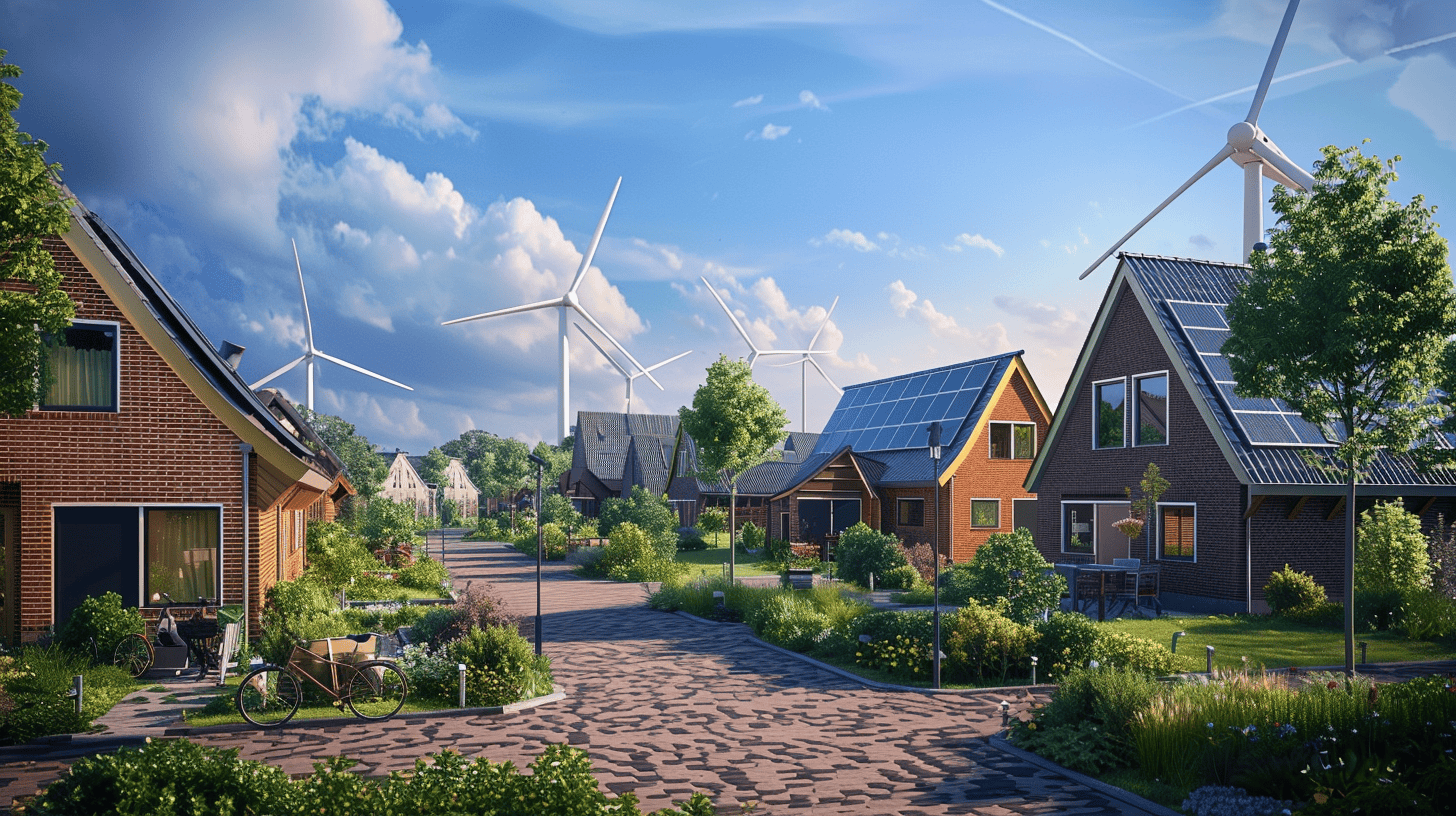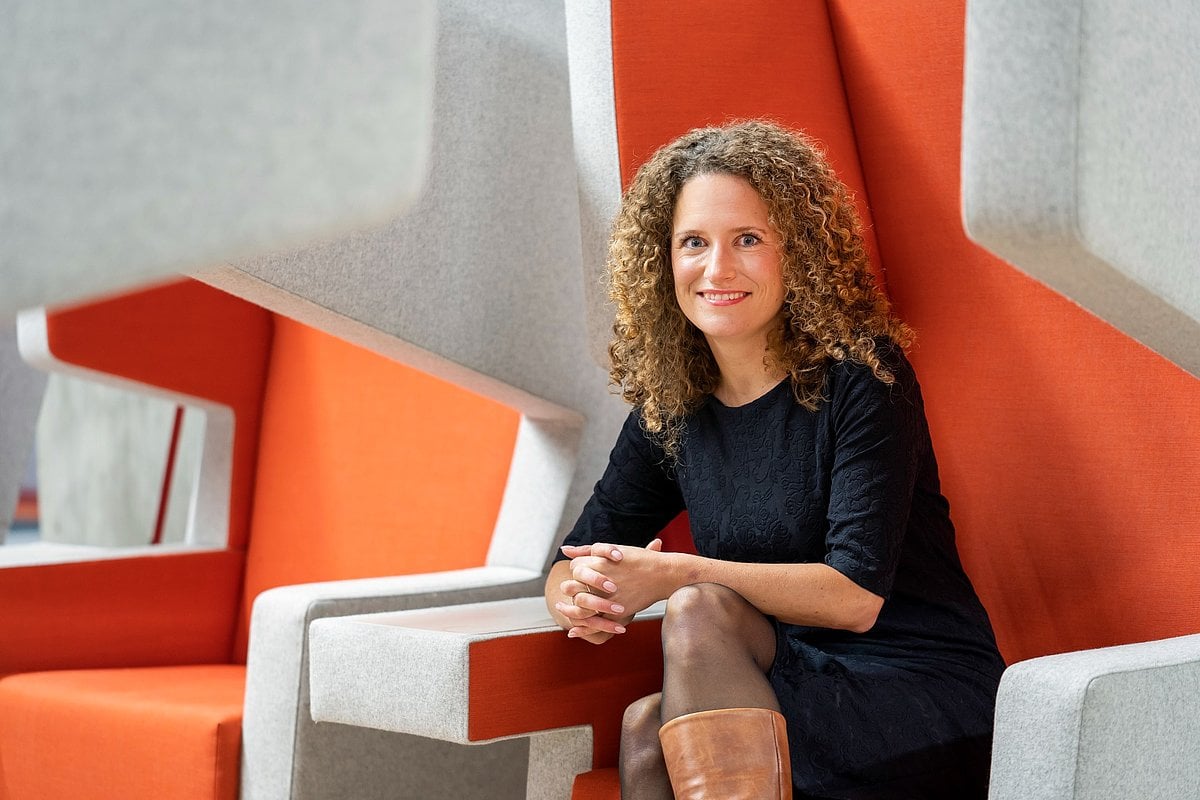
Generating renewable energy through solar panels and wind turbines is now no exception. That is a good start, but we are far from there. Where do we get energy from when there is no sun or wind? And what do we do with the vast surpluses of solar power in the summer? Large-scale storage of renewable energy is still tricky. Another point of discussion: the rollout of heat networks. Heat networks play a major role in the future energy system. However, the construction of such systems is expensive.
Why is this important?
The energy transition is in full swing. We are slowly but surely switching to renewable sources of energy. However, the transition also brings with it the necessary questions and challenges. That is why there is ongoing research into the various aspects of the energy transition.
For decades, scientists have been trying to find solutions to these problems. Pieces of the puzzle have been laid, but the big picture is yet to come together. That is why energy transition is one of the focus areas of technical universities in the Netherlands. Both the Eindhoven University of Technology (TU/e) and Delft University of Technology (TU Delft) are setting up a special institute for energy research. The Eindhoven Institute for Renewable Energy Systems (EIRES) and the TU Delft Urban Energy Institute aim to have researchers and students from different faculties work together on energy issues.
“Several faculties are working on energy in the built environment. Only if we bring these studies together will we arrive at the best solutions,” said Henk Visscher, director of the TU Delft Urban Energy Institute. That is also the goal of 4TU.Bouw, a collaboration between the architecture faculties of the four technical universities in the Netherlands. The organizations have created a special Domain Acceleration Teams (DAT, a focus group) around energy transition. The team initiates new research and is also the point of contact for people from the industry, the top sectors, and the government.
Technology and policy
The studies conducted at the universities should contribute to decision-making on energy transition in municipalities, for example. “The targets are high. By 2030, 1.5 million existing homes must be off the gas. Many municipalities are now working on the first districts. We are investigating new technologies, innovations, models, and policy instruments that can accelerate this process,” says Lisanne Havinga, Assistant Professor of Building Performance and Principal Scientist of System Integration at the TU/e.
Tool for homeowners
For example, Havinga is currently working on the project “The Renovation Explorer.” As part of it, she is developing new models to help housing corporations and private homeowners decide how to enhance buildings’ sustainability. The system calculates and compares all possible measures for sustainability, including sustainability, costs, and comfort. Ultimately, a package of measures that best suits your home rolls out. The first version of the models will be open-source this summer. Then, everyone can start working with it.”

Heat underground
Within the four technical universities, there are numerous projects related to energy. For example, researchers in Delft are working on a large project on geothermal heat. “We have drilled a large well ourselves to build a heating system for the campus (geothermal heat is energy created by the temperature difference between the earth’s surface and heat reservoirs located deep in the earth, ed.). We are now also in talks with the city of Delft to see if we can use the heat in a residential area,” Visscher says.
The city of Eindhoven and the TU/e campus are working on similar developments, Havinga adds. “In the future energy system, we can divide the city center into ‘clusters.’ Each cluster will have its own heat and cold storage in the ground to store heat in the summer that can be used in the winter. The TU/e campus has already had such a storage system since 2002. In addition, an energy exchange network is being constructed between the clusters, allowing the clusters to exchange any surplus heat and cold. The university campus will also become part of this network, so the remaining heat from the campus can heat neighborhoods in other clusters.”
Heat grids
Another important aspect is the development of heat networks. The TU/e is working on a large program called BE-HeaT, in which nine researchers are working on projects on different themes. In this there is room for scientific research, but emphatically also for cooperation with industry and government. “Many municipalities planned to build high-temperature heat networks (70 to 90°C). The advantage is that this would require no modifications to homes, but the disadvantage is that such a high temperature is difficult to obtain on a large scale. That is why many municipalities are now going for 50°C heat networks. That temperature is easier to achieve, but homes have to be insulated,” Havinga explains.
“In addition, we are increasingly seeing even lower temperature heat networks, of 15°C, for example. This is called a ‘source network.’ In this case, the system can extract heat from water from sewage treatment plants, for example. Homes then need their own heat pump to heat the water further. But at the coldest times of the year, when demand for heat is highest, that 15°C makes a big difference in the heat pump’s demand and efficiency. So, the amount of power required for this solution is slightly lower than that required for a solution without a source network. However, a system with a source network consumes more power than a heat network without separate heat pumps in the houses. Because of the congested power grid, these trade-offs also play an important role. Thus, different aspects of the transition hook into each other.”
Technical and social
She emphasizes that in addition to the technological aspects, the social aspects of a heat grid are also very important. “The adoption and behavior of people is very important in order to complete a business case. About 80% of the people have to go along to build a heat grid in a neighborhood. Otherwise, they won’t get the business case completed. Municipalities have to hurry because if many people have already purchased their own heat pumps, then a connection to the heat grid is no longer so convenient.”
With scientific research and projects, the universities can support the government in policymaking. Havinga: “For example, we organize periodic workshops on heat networks with various municipalities, aiming to exchange knowledge and cooperate. I think it is important that we support municipalities and companies with our knowledge, especially regarding an urgent and complex topic such as energy transition. This is how we ensure that the much research we do has an impact in practice.”

